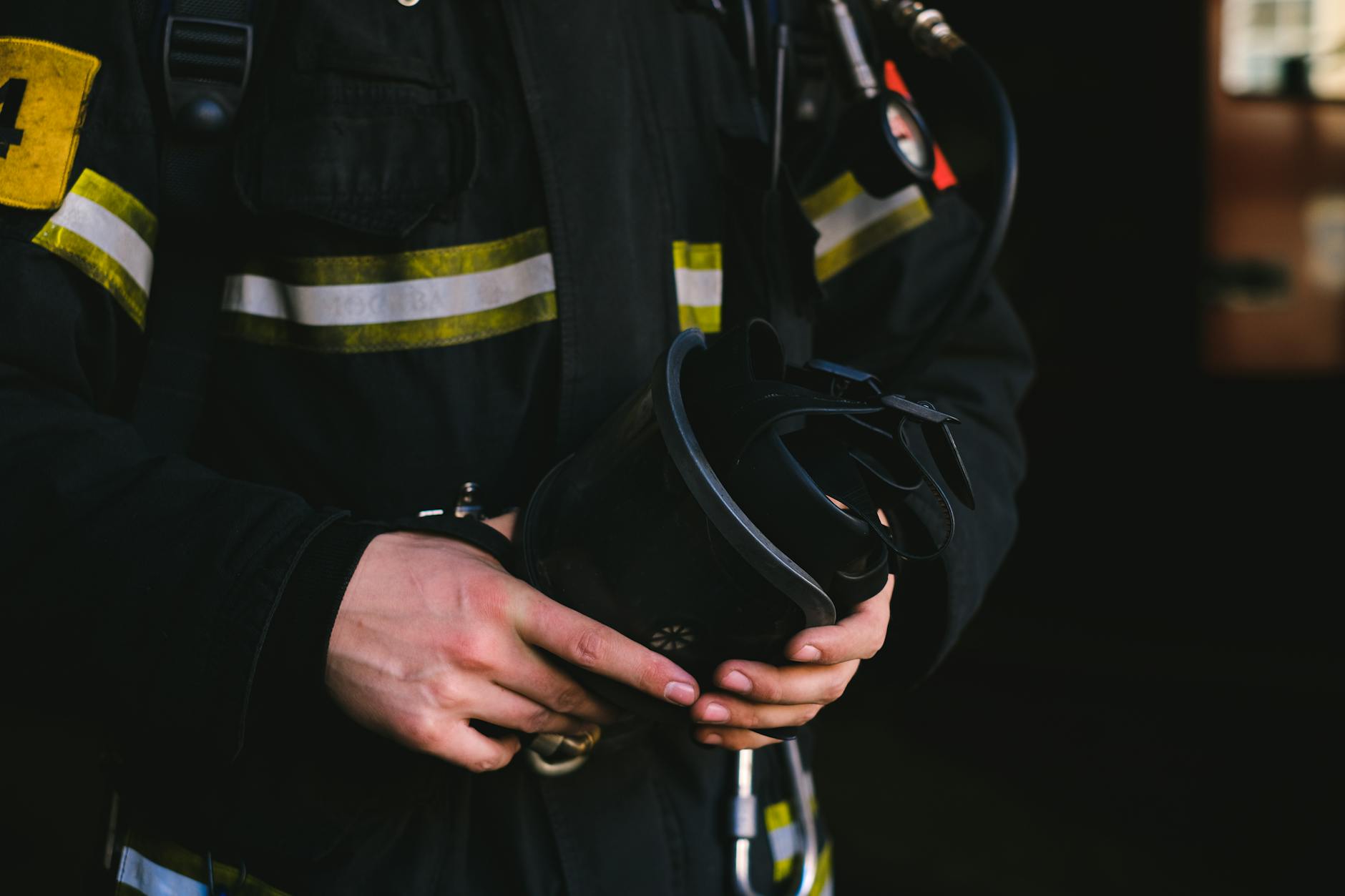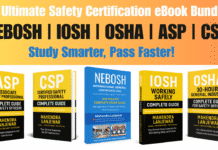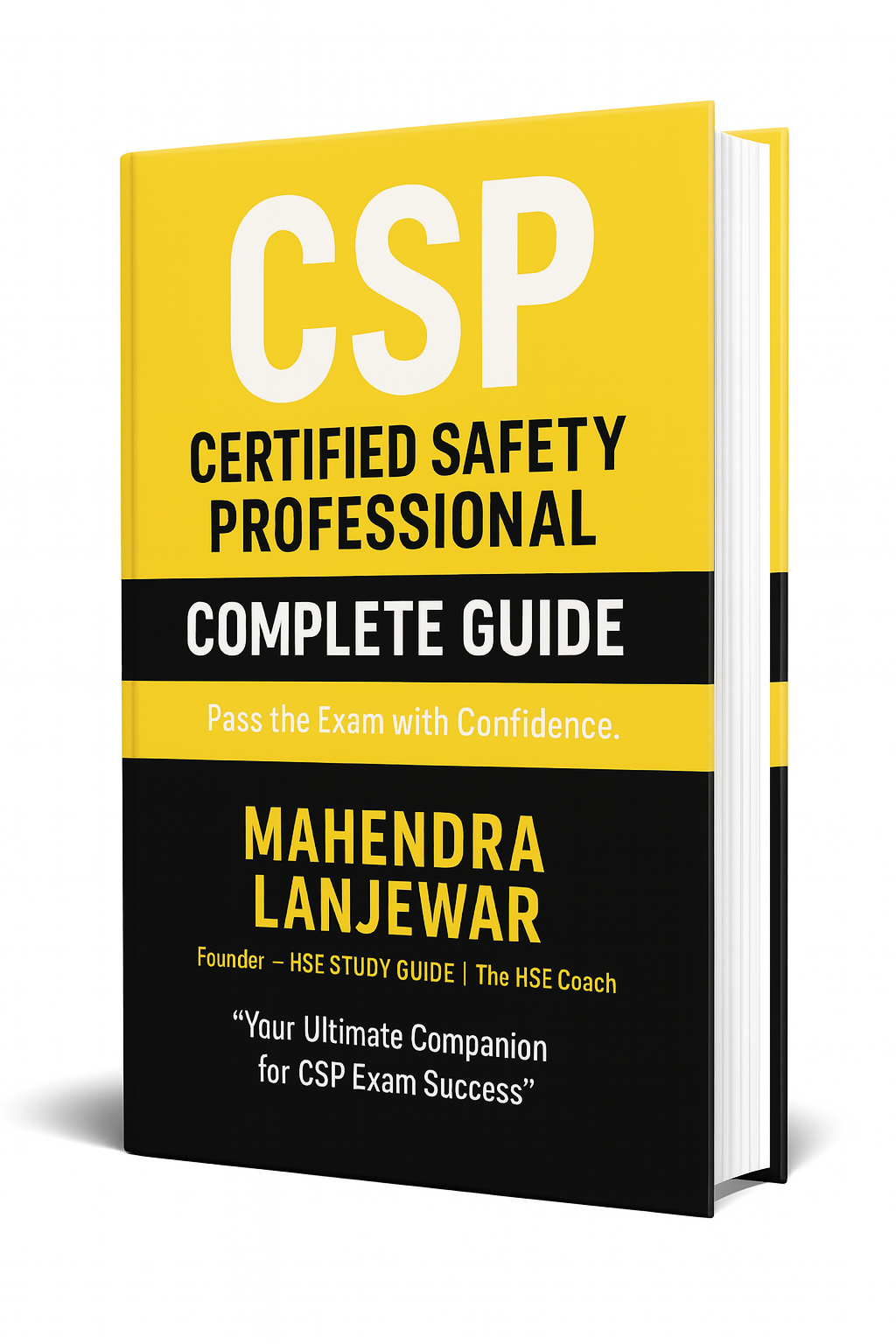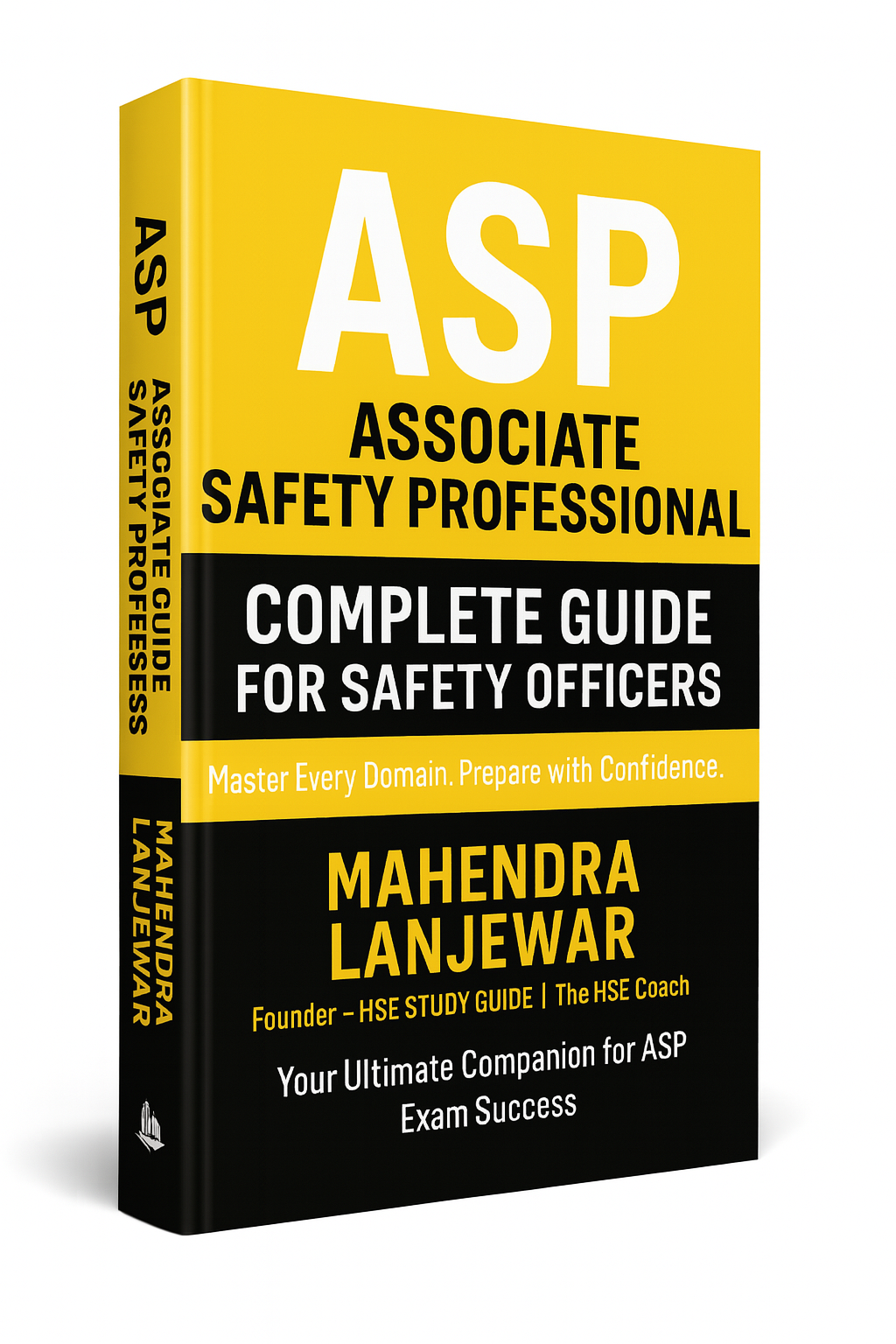
Confined Space Safety Ebook: Hazards and Control Measures – Free Download
Introduction
Confined spaces pose unique and significant risks to workers, making safety measures paramount. Ensuring safety in these environments involves understanding the hazards and implementing effective control measures. Our free Confined Space Safety Ebook, “Hazards and Control Measures,” is designed to equip you with the knowledge necessary to navigate these dangerous areas safely. Let’s delve into the vital insights this guide offers.
Chapter 1: Understanding Confined Space Hazards
Common Hazards in Confined Spaces
Confined spaces present a range of hazards that workers must be aware of. Recognizing these risks is essential for implementing effective safety measures.
Physical Hazards
Physical hazards in confined spaces can include:
- Falls: Due to slippery surfaces or uneven footing.
- Crushing Injuries: From moving machinery or collapsing structures.
- Limited Escape Routes: Complicating emergency evacuations.
Atmospheric Hazards
The air quality in confined spaces can be compromised, posing severe risks such as:
- Oxygen Deficiency: Insufficient oxygen levels can lead to asphyxiation.
- Toxic Gases: Presence of hazardous gases like carbon monoxide or hydrogen sulfide.
- Flammable Atmospheres: Risk of explosions or fires due to flammable vapors.
Importance of Identifying Hazards
Properly identifying these hazards allows for the development and implementation of targeted safety measures, significantly reducing risk.
Chapter 2: Safety Measures and Precautions
Personal Protective Equipment (PPE)
Using PPE is crucial for safety in confined spaces.
Types of PPE for Confined Spaces
- Helmets: To protect against head injuries.
- Respirators: To ensure safe breathing in contaminated atmospheres.
- Harnesses and Lifelines: For fall protection and rescue operations.
- Protective Clothing: To shield against chemical exposures and physical injuries.
Safe Entry and Exit Procedures
Proper procedures for entering and exiting confined spaces are essential to ensure worker safety.
Entry Permits
- Documentation: Ensure all necessary permits are completed and approved before entry.
- Authorization: Only trained and authorized personnel should enter confined spaces.
Monitoring Atmosphere
- Gas Detectors: Use to check for harmful gases and ensure safe oxygen levels.
- Continuous Monitoring: Maintain ongoing monitoring of air quality during occupancy.
Chapter 3: Safe Work Practices
Proper Ventilation Techniques
Adequate ventilation is critical in confined spaces to ensure safe air quality.
- Ventilation Equipment: Use fans or blowers to maintain airflow.
- Natural Ventilation: When possible, use natural ventilation to augment mechanical systems.
Communication Protocols
Effective communication ensures that all team members are aware of potential hazards and can respond quickly in an emergency.
- Two-way Radios: Use for clear communication between workers inside and outside the space.
- Hand Signals: Establish standardized hand signals for situations where verbal communication is not possible.
Emergency Equipment and Procedures
Having the right equipment and procedures in place is vital for handling emergencies.
- First Aid Kits: Stocked with supplies tailored to the specific hazards of the confined space.
- Rescue Equipment: Including ropes, harnesses, and retrieval systems.
Chapter 4: Emergency Preparedness and Response
Importance of Emergency Plans
An effective emergency plan is crucial for quick and efficient response to incidents.
- Evacuation Routes: Clearly marked and unobstructed pathways for exit.
- Emergency Contacts: Ensure contact information for emergency services is readily available.
First Aid in Confined Spaces
Prompt first aid can prevent minor injuries from becoming major issues.
- Training: Ensure workers are trained in first aid specific to confined space hazards.
- Accessibility: First aid supplies should be easily accessible within the confined space.
Rescue Operations
Having a well-prepared rescue plan is essential.
- Rescue Team: Trained personnel ready to respond to emergencies.
- Practice Drills: Regularly conduct rescue drills to ensure readiness.
Chapter 5: Health and Ergonomics in Confined Spaces
Preventing Physical Strain
Working in confined spaces often requires awkward postures and repetitive motions, increasing the risk of physical strain.
- Stretching Exercises: Implement regular stretching routines to maintain flexibility.
- Work Rotation: Rotate tasks to reduce the strain on specific muscle groups.
Ergonomic Tools and Techniques
Using ergonomically designed tools can help reduce the risk of injury.
- Tool Design: Choose tools that reduce the need for excessive force or awkward positions.
- Workstation Setup: Arrange workstations to minimize the need for bending or reaching.
Chapter 6: Training and Education
Importance of Continuous Training
Ongoing training ensures that workers remain knowledgeable about the latest safety practices and regulations.
Safety Training Programs for Confined Space Workers
Enroll in programs that cover:
- Hazard Recognition: Learn to identify and mitigate risks.
- First Aid and CPR: Be prepared to handle emergencies.
- Rescue Techniques: Training on effective rescue operations.
Chapter 7: Legal Regulations and Standards
OSHA Standards for Confined Spaces
Compliance with OSHA standards is essential for maintaining a safe work environment.
Understanding Local Safety Regulations
Different regions have specific safety regulations. Stay informed about:
- Building Codes: Adhere to local construction codes.
- Workplace Safety Laws: Follow local laws to avoid penalties.
Conclusion
Safety in confined spaces is not optional—it’s essential. By following the guidelines and measures outlined in our free Confined Space Safety Ebook, you can create a safer working environment for yourself and your team. Don’t wait until an accident happens; download the ebook today and stay ahead in safety.
FAQs
What is the main focus of the Confined Space Safety Ebook?
The ebook focuses on identifying common hazards in confined spaces and providing effective control measures to ensure a safe working environment.
How can I access the free Confined Space Safety Ebook?
You can download the ebook for free from our website. Just follow the link provided and fill in your details to get instant access.
Who should read this Confined Space Safety Ebook?
This ebook is ideal for construction workers, safety managers, project managers, and anyone involved in working in confined spaces.
What are some key safety tips mentioned in the Ebook?
Key tips include the use of PPE, proper handling of materials, maintaining a clean work environment, and having an emergency response plan.
Why is continuous training important in confined space safety?
Continuous training ensures that workers stay updated with the latest safety practices and regulations, reducing the risk of accidents and injuries.
























